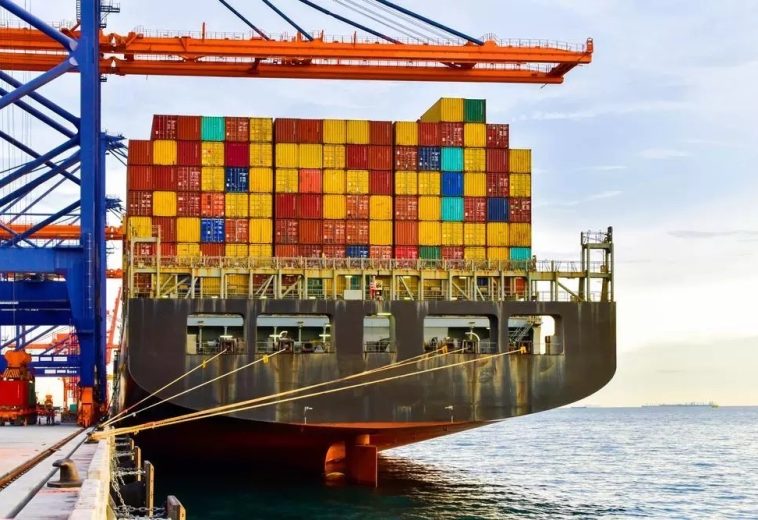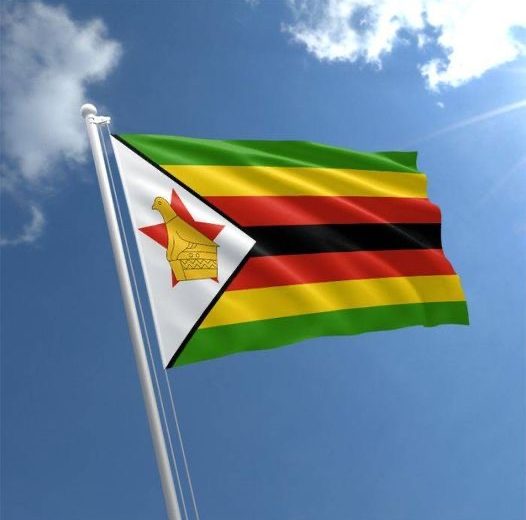In a world where international relations and partnerships are constantly evolving, it’s essential to celebrate and understand the long-standing connections between nations. Kenya and Angola, two African nations, share a rich history that dates back to the pre-colonial era. This article takes an eagle-eye view into the historical ties between Kenya and Angola, tracing their journey from colonial oppression to the recent bilateral Memorandum of Understanding (MOU) that has strengthened their relationship.
Before the dark era of colonialism, Kenya and Angola were intertwined in a web of trade networks that connected East and West Africa. Their people, over centuries, interacted and even intermarried. This early exchange laid the foundation for the profound relationship that would develop in the years to come.
In the 19th century, both Kenya and Angola managed to break free from European colonialists. Kenya was a British colony, and Angola was a Portuguese one. Despite the colonial oppression, the two nations remained closely connected. Kenyan nationalists like Jomo Kenyatta and Oginga Odinga found inspiration and support from Angolan leaders such as Agostinho Neto and Jonas Savimbi during their respective struggles for independence.
The 1960s marked the beginning of a new chapter in their relationship. After gaining independence, Kenya and Angola actively supported the Pan-Africanist movement and collaborated to aid liberation struggles across the African continent. This shared commitment to pan-Africanismstrengthened their bond.
In the 1970s and 1980s, Kenya and Angola found themselves on opposing sides of the Cold War. Kenya was a staunch ally of the United States, while Angola was supported by the Soviet Union. Despite ideological differences, the two nations maintained diplomatic relations and collaborated on various issues, demonstrating their resilience in the face of global tensions.
Deepening Ties: Modern Collaboration
The end of the Cold War brought about a deeper level of cooperation between Kenya and Angola. Both nations are members of the African Union and the Southern African Development Community. They have also signed numerous bilateral agreements, covering areas such as trade, investment, and development cooperation. The ties between them have not only endured but flourished in the modern era.
In recent years, cultural and economic exchanges between Kenya and Angola have been on the rise. Kenyan businesses are investing in Angola, and Angolan products and services are gaining popularity in Kenya. Furthermore, Angolan tourists are increasingly exploring the beauty of Kenya. This mutual exchange is a testament to the strength of their relationship.
The historical ties between Kenya and Angola are a source of pride. From their shared history of colonialism to their joint struggle for independence and commitment to Pan-Africanism, their journey is a model of cooperation and solidarity among African countries.
To underline the depth of this relationship, here are some notable examples of their historical ties:
In 1961, Kenya provided financial support to the Angolan nationalist movement, the Popular Movement for the Liberation of Angola (MPLA).
In 1974, Kenya was one of the first African nations to recognise Angola’s independence.
In 1975, Kenya sent troops to support the MPLA government in its fight against the South African Defence Force.
In 1976, Kenya and Angola signed a bilateral agreement on trade and economic cooperation.
In 1980, a joint commission was established to oversee the implementation of their bilateral agreements.
In 2007, a defence cooperation agreement was signed.
In 2013, Kenya and Angola inked a trade agreement worth $1 billion.
The relationship between Kenya and Angola is not just a diplomatic arrangement; it’s built on mutual respect, cooperation, and a shared commitment to the development of Africa.
In the backdrop of this enduring history, Kenya and Angola have taken a significant step forward by signing 11 legal instruments aimed at enhancing their relationship. These instruments encompass various sectors, including oil and gas, mining, health, agriculture, ICT, and trade. These agreements provide a robust framework for strengthening government-to-government and people-to-people relations.
President William Ruto emphasised the significance of these legal instruments, highlighting their role in expanding bilateral relations. He stated that these memoranda of understanding (MoUs) would unlock the potential of commerce, trade, government relations, and people-to-people interactions, cementing relations and broadening networks between the two countries.
The signing ceremony, witnessed by President Ruto and his Angolan counterpart, João Lourenço, signifies a new chapter in the ever-evolving relationship between Kenya and Angola.
The history of Kenya and Angola reflects the enduring power of friendship and cooperation between nations. From their pre-colonial connections to their shared fight for independence and their present-day collaborations, Kenya and Angola’s story is one of inspiration. The recent MOU indicates a deeper sense of friendship for the future, demonstrating that despite the complexities of international relations, strong partnerships can thrive and continue to make a positive impact on the world.
The relationship between Kenya and Angola is a landmark example of what can be achieved through mutual respect, cooperation, and a shared vision for a better Africa. As they look to the future, the ties between these two nations remain as strong as ever, promising a brighter tomorrow. This kind of collaboration should be emulated by other African nations.


